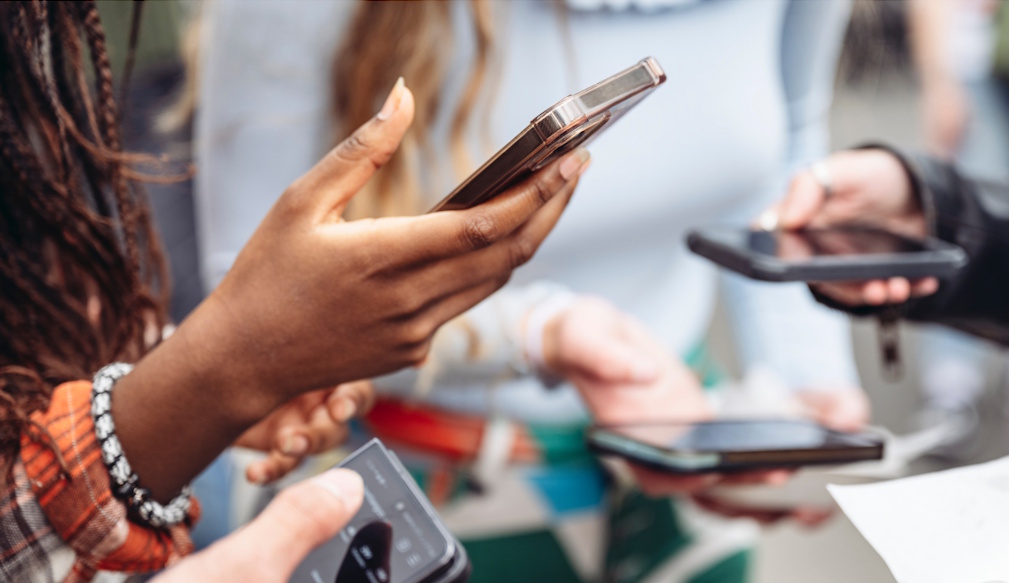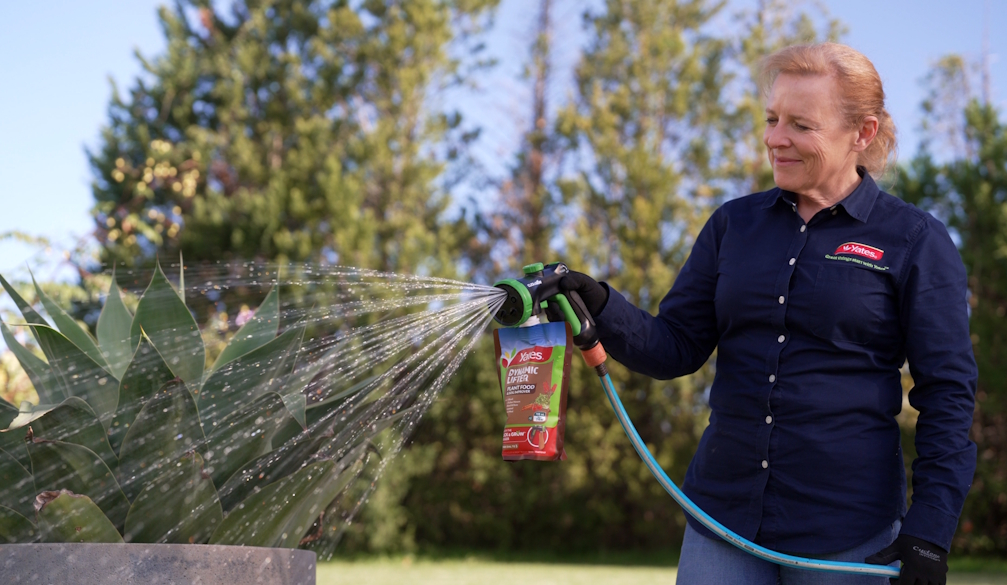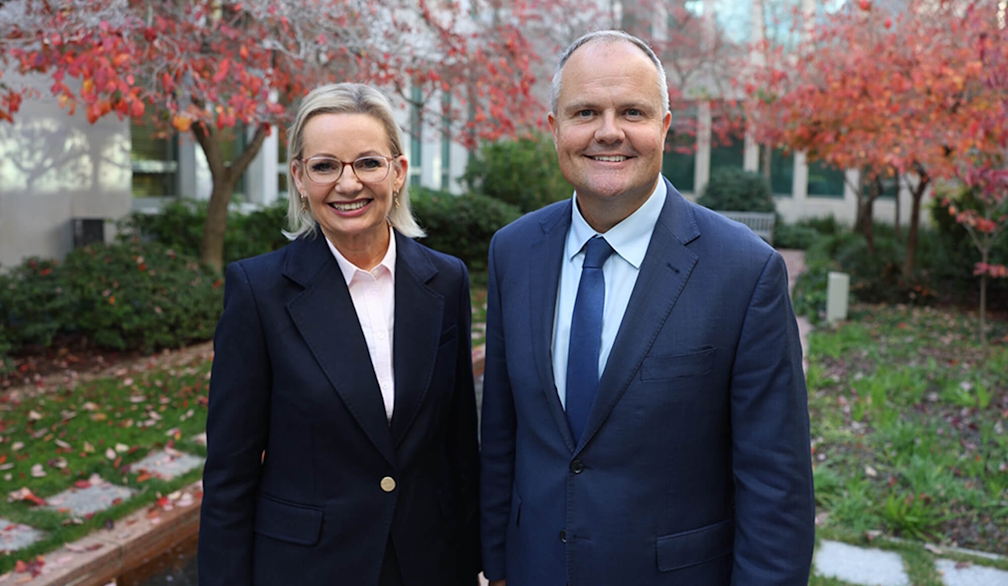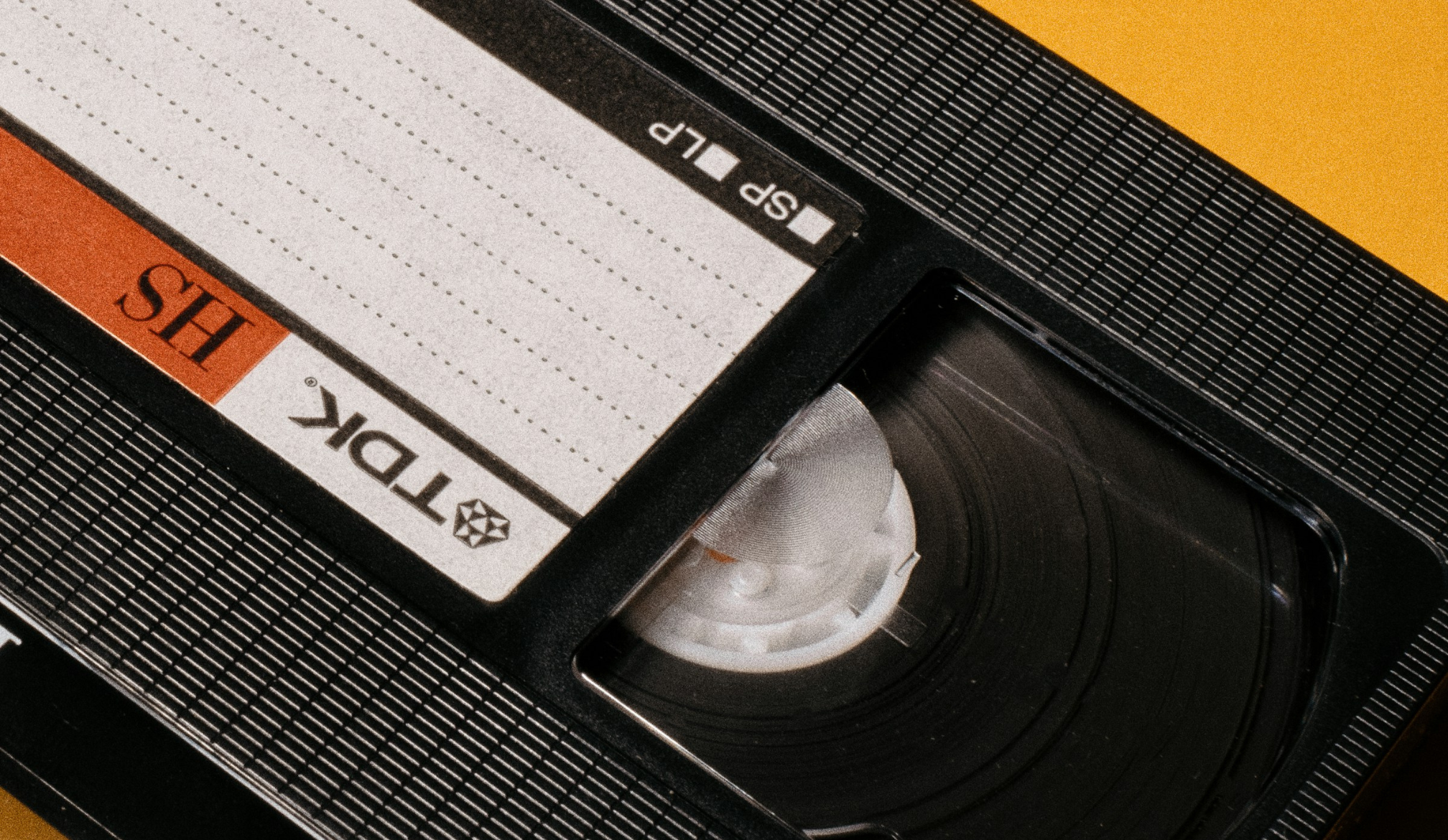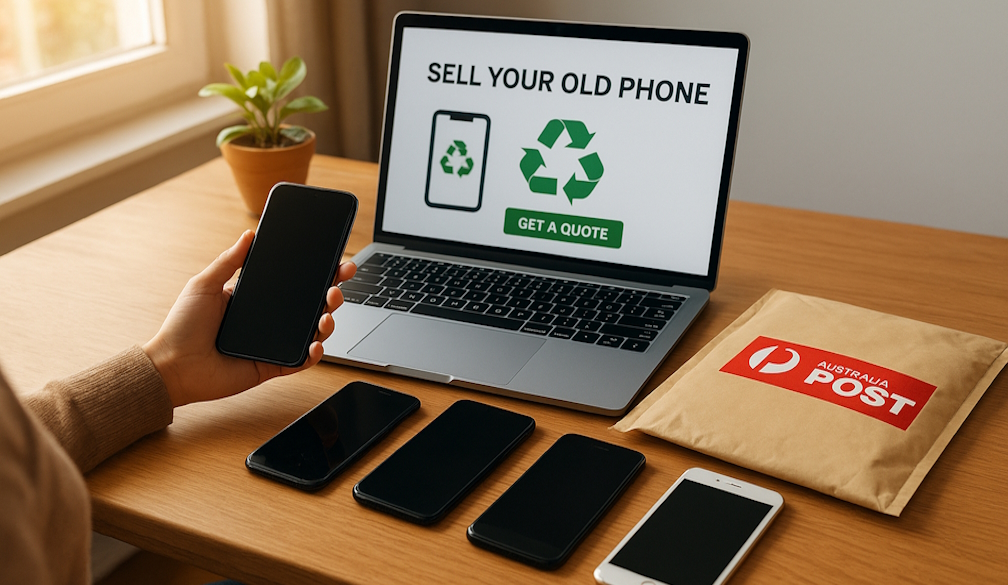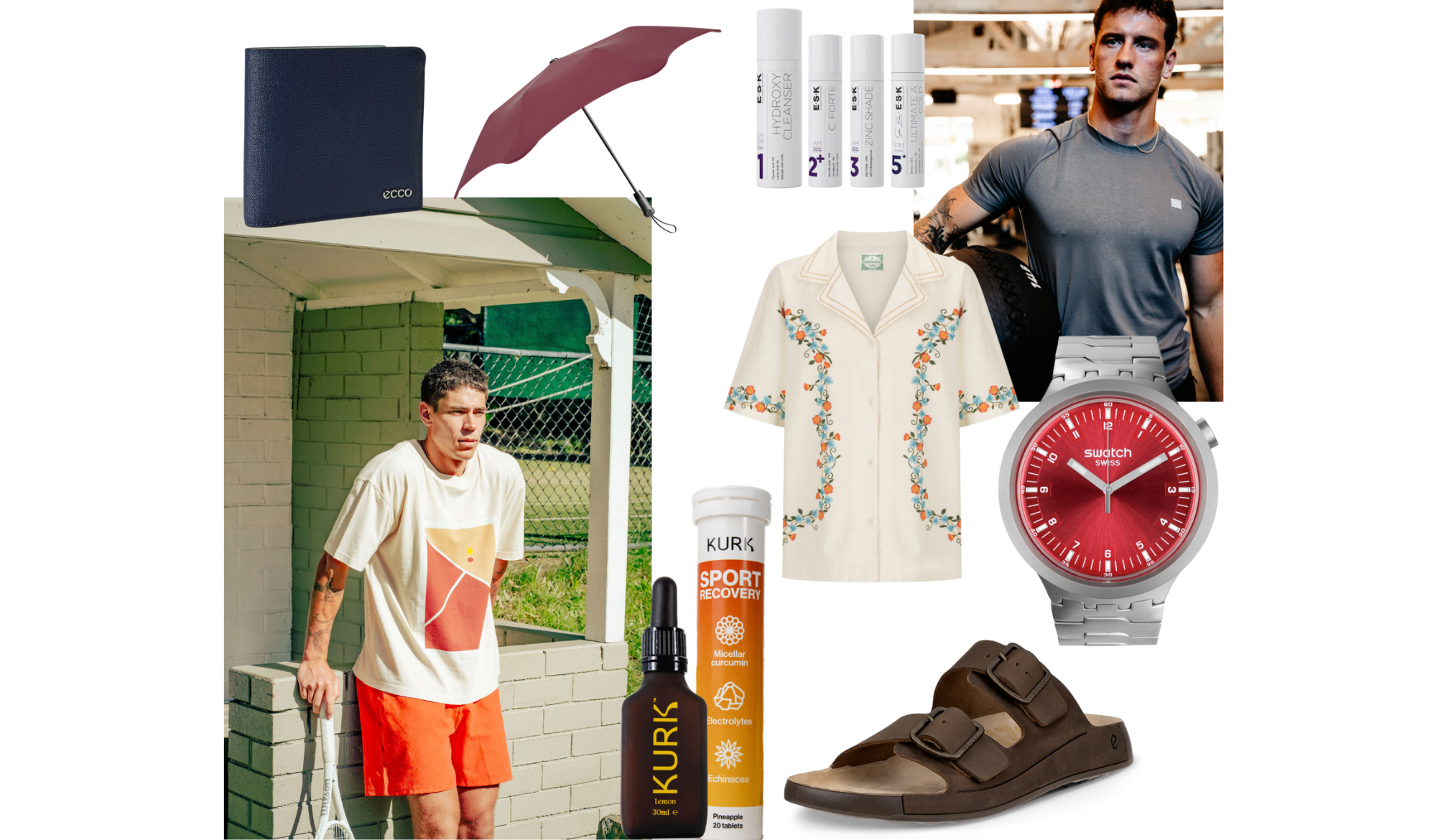Australian Dad’s decade solution to prevent hospital-acquired infections comes to fruition

Marcus was a beautiful child; however, he had a significant number of challenges that he faced with amazing resilience over his short 12 years due to a rare chromosome deletion that resulted in a profound disability.
As a result, we were no strangers to the Emergency Department and had frequent flyer status with a number of hospitals.
This increased frequency of visits also meant Marcus was at increased risk of getting a hospital-acquired infection. Of which he experienced a few over his life – he was one of the ~180,000 people every year that caught a healthcare-associated infection.
In one instance he caught a Staph infection from cotton buds that were placed on a tray table and then used by the doctor in his ears. It took Marcus months to get over the staph infection requiring multiple rounds of antibiotics to get rid of the infection.
This started my quest to find a long-term solution to prevent viruses, bacteria, and germs in general from living on surfaces. and a decade later, ironically facing a pandemic caused by a virus, Surfacewise2 has been approved by the TGA in Australia as a long-term solution.
Surfacewise2 kills germs, bacteria, and viruses on surfaces for up to 90 days.
I am ecstatic to know that we can decrease the spread and risk of infection in hospitals, medical settings, hospitality, retail, and any sector that wants to protect their staff and patients/customers from germs that live on surfaces.
Additional information relating to infections in Australia:
- Each year in Australia, up to 180,000 patients suffer healthcare associated infections (HAIs) that
prolong hospital stay and occupy two million hospital beds. It is estimated up to 70% of HAIs are preventable - People are six times more likely to get the flu on public transport vs travelling in a private car
- Recent tests by Allied BioServices has uncovered that compared to a Sydney public toilet, the levels of germs are:
- Six times higher on public transport
- 15 times higher in gyms
- Workers showing up unwell, known as sick presenteeism, costs the Australian economy an estimated $34 billion every year and has been identified as one of the causes for the spread of the flu virus
- The newest measures in Victoria's harsh coronavirus restrictions will cost close to $10 billion to the nation's economy. The unemployment rate is also forecast to peak at close to 10 per cent
- Most household disinfectants require ten minutes of application to achieve effectiveness against germs
Which surfaces have the most germs at work and at home?
- The germiest place in your office is your phone followed by your desktop, laptop or tablet.
- Counter tops in shared break rooms where food is made is another germ hotspot
- The ground floor lift button is one of the leading exchange points for germs.
- Bathrooms are not as bad as we think as most people only go twice per day and they wash their hands.
- Our hands are the greatest spreader as we sneeze and then touch surfaces and our face.
- Adults touch their face 16-24 times per hour.
- Young children touch their faces as often as 40-50 times per hour.





